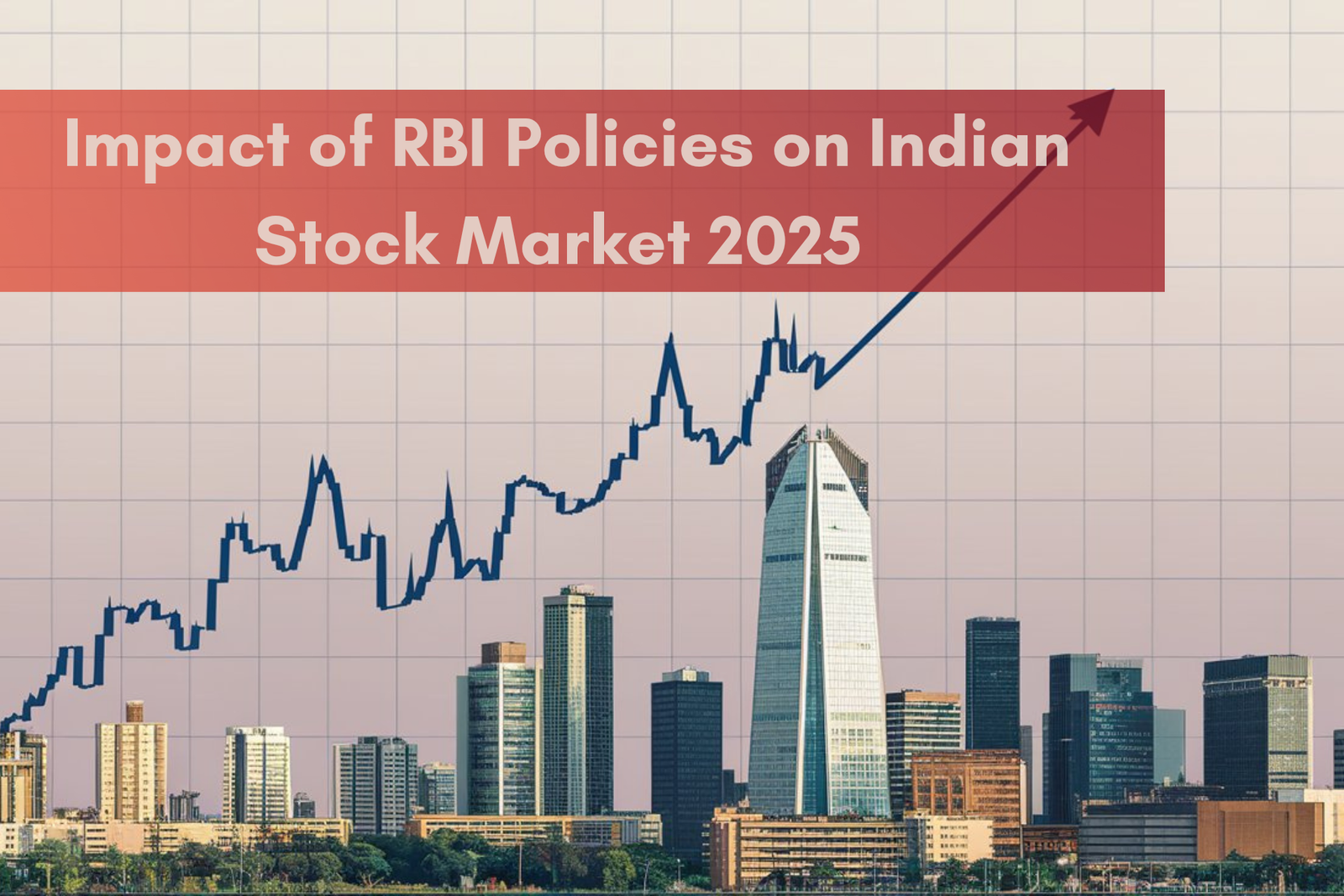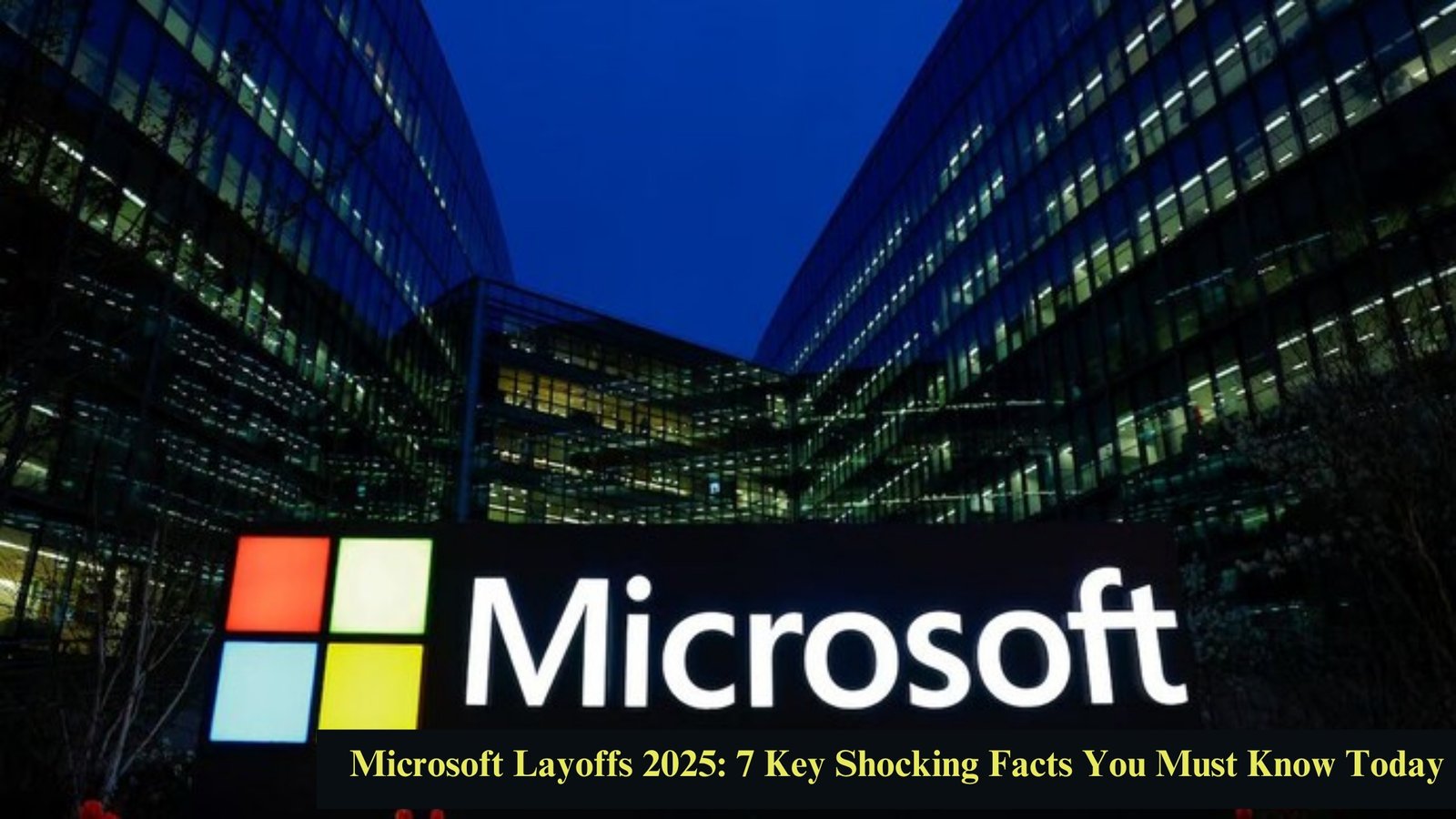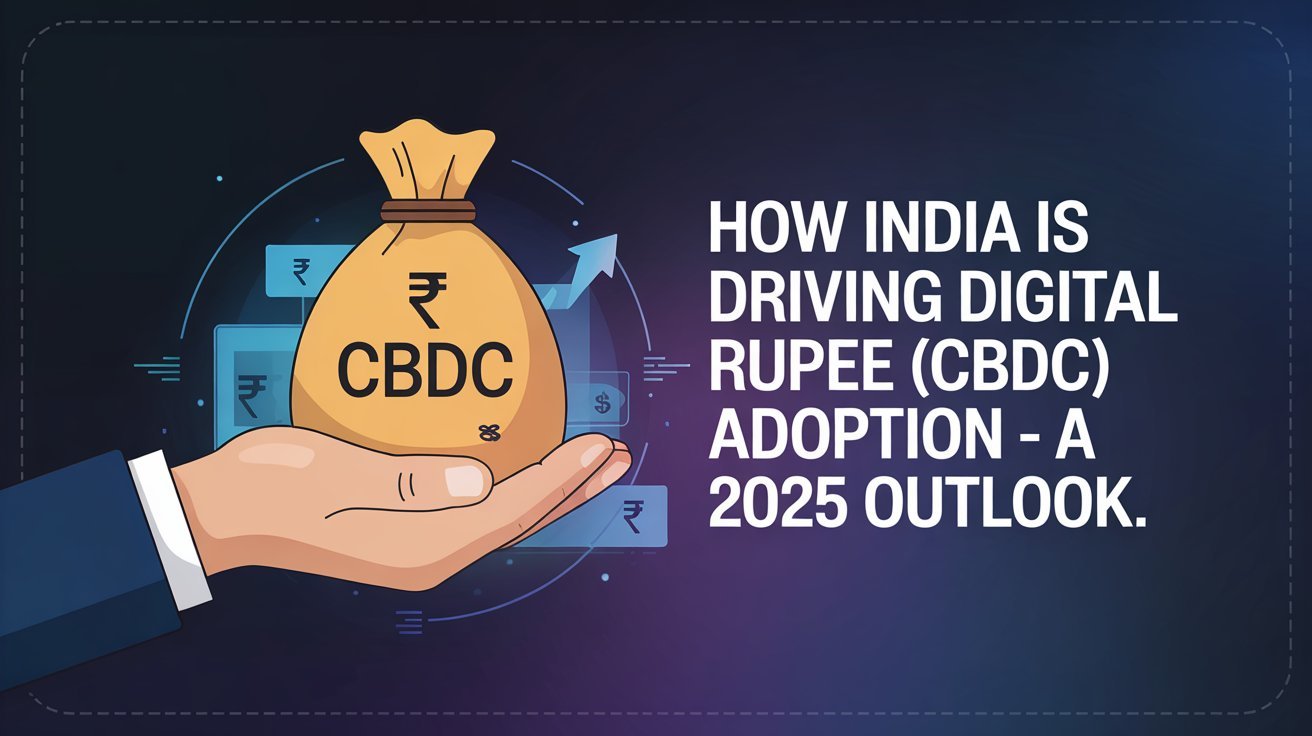
The Reserve Bank of India (RBI) plays a critical role in shaping India’s economic environment, directly influencing the Indian stock market through its monetary policies. In 2025, key RBI decisions, including repo rate changes, liquidity control, and inflation management, will significantly impact stock prices, investor sentiment, and economic growth.
This blog explores how RBI policies in 2025 will affect the Nifty 50, Sensex, and various sectors, helping investors make informed decisions.
Key RBI Policies and Their Stock Market Impact
To help investors understand the relationship between RBI policies and the Indian stock market, here’s a quick overview:
Impact of RBI Policies on the Stock Market
| RBI Policy | Stock Market Impact | Affected Sectors |
| Repo Rate Hike | Higher borrowing costs, reduced liquidity, bearish market | Banking, Real Estate, Auto |
| Repo Rate Cut | Cheaper loans, increased liquidity, bullish market | Banking, Infrastructure, FMCG |
| Inflation Control | Market stability, positive investor sentiment | FMCG, Pharma, Energy |
| Higher CRR/SLR | Reduced bank lending, lower liquidity, bearish market | Banking, Infrastructure, Auto |
| Lower CRR/SLR | Increased lending, higher liquidity, bullish market | Banking, Construction, Realty |
| Stronger Rupee | FII inflows, stock market growth | Banking, IT, Pharma |
| Weaker Rupee | FII outflows, market volatility | IT, Pharma, Export Sectors |
1. Repo Rate Changes and Stock Market Reactions
The repo rate is the rate at which RBI lends money to commercial banks. It directly impacts loan interest rates, corporate borrowing, and consumer spending.
Repo rate hike ➝ Higher borrowing costs, reduced liquidity, and a bearish stock market.
Repo rate cut ➝ Cheaper loans, increased liquidity, and a bullish stock market.
Sectors affected:
✔️ Banking (HDFC Bank, SBI, ICICI Bank)
✔️ Real Estate (DLF, Godrej Properties)
✔️ Automobile (Maruti Suzuki, Tata Motors)
2. Inflation Control and Market Sentiments
The Consumer Price Index (CPI) inflation is a key indicator that influences RBI’s monetary policies.
If inflation rises, RBI may tighten policies, leading to FII outflows and a negative impact on stocks.
If inflation is controlled, investors feel confident, leading to market stability and growth.
Sectors affected:
✔️ FMCG (HUL, ITC, Nestlé)
✔️ Pharmaceuticals (Sun Pharma, Dr. Reddy’s)
✔️ Energy (Reliance Industries, ONGC)
3. Liquidity Management and Banking Sector Growth
RBI regulates liquidity through CRR (Cash Reserve Ratio) and SLR (Statutory Liquidity Ratio).
Higher CRR/SLR ➝ Banks have less money to lend, slowing down economic growth.
Lower CRR/SLR ➝ Increased lending, boosting capital markets and stock investments.
Sectors affected:
✔️ Banking & Financial Services (Kotak Mahindra Bank, Bajaj Finance)
✔️ Infrastructure & Construction (L&T, UltraTech Cement)
4. Foreign Exchange Reserves and FII Trends
RBI’s policy on foreign exchange reserves and the rupee-dollar exchange rate influences Foreign Institutional Investments (FII).
A strong rupee attracts FDI and FPI, leading to a rising stock market.
A weak rupee may cause FII outflows, making the market volatile.
Sectors affected:
✔️ IT & Tech (Infosys, TCS, Wipro) – Benefit from a weaker rupee
✔️ Export-Oriented Companies (Textile, Pharma) – Gain from currency depreciation
Conclusion
The Indian stock market in 2025 will be shaped by RBI’s monetary policies, including repo rate adjustments, liquidity management, and inflation control. Investors should monitor RBI announcements closely to navigate market trends effectively.
FAQs on RBI Policies and the Indian Stock Market in 2025
1. How does RBI’s repo rate impact the stock market?
The repo rate influences loan interest rates. A higher repo rate increases borrowing costs, slowing down businesses, while a lower repo rate boosts liquidity, encouraging stock market growth.
2. Will RBI’s policies in 2025 attract foreign investors?
Yes, if RBI maintains economic stability, FIIs and FDIs will continue investing in the Nifty 50 and Sensex. However, higher inflation or interest rate hikes may lead to FII outflows.
3. Which sectors will perform well due to RBI’s policies in 2025?
Banking & Financials (if interest rates stay low)
IT & Pharma (if the rupee weakens)
Real Estate & Infrastructure (if loan rates remain attractive)
4. What happens if RBI increases the CRR or SLR?
A higher CRR/SLR means banks need to hold more reserves, reducing lending capacity. This can negatively impact loan-dependent industries like real estate, auto, and infrastructure.
5. Will inflation affect stock market performance in 2025?
Yes, higher inflation leads to RBI tightening policies, reducing liquidity and impacting stock growth. Moderate inflation is good for market stability.
🔹 Stay updated on RBI’s policies to make informed investment decisions! 🚀
Also Check : https://chandigarhut.in/farmer-registry/














